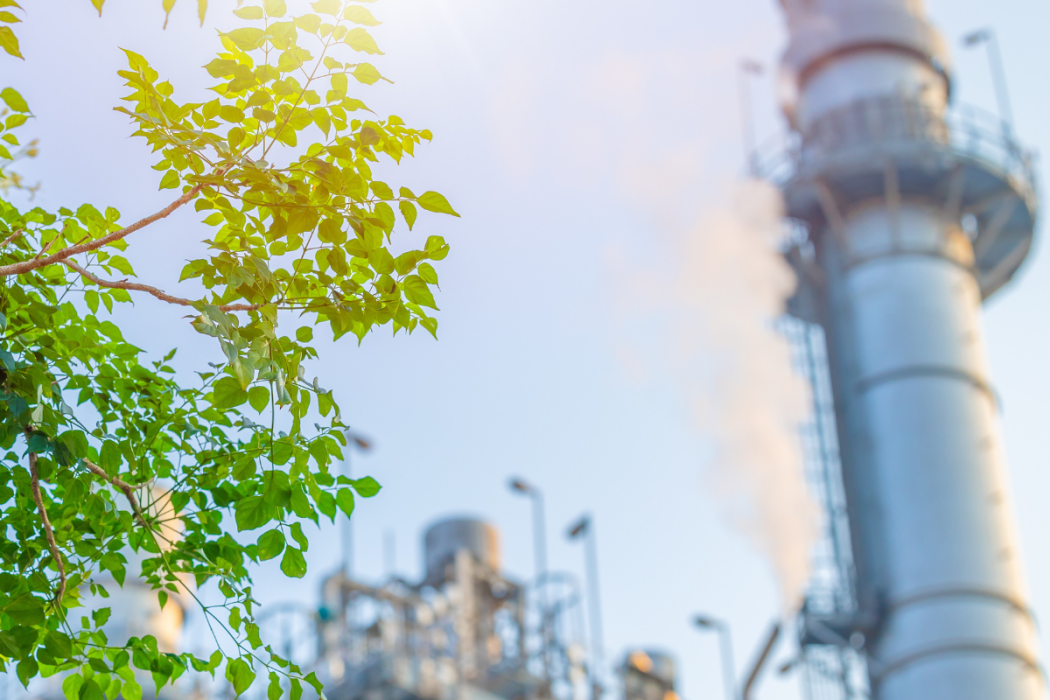Technical improvements available (BAT)
Sustainability
What are BATs?
Best Available Techniques (BAT) emerge as the most advanced frontier of industrial practice, establishing a new paradigm of environmental responsibility. These techniques represent a firm commitment to reducing emissions and the impact on the environment, defining the optimum limits of industrial activities.
BATs redefine the standards of all these sectors, imposing precise requirements and specific measures to mitigate environmental impact. This includes everything from efficient management of resources to the reduction of emissions into the atmosphere and water, and even the control of odours and smells.
The implementation of these BATs represents a challenge for companies, but also an opportunity for innovation and sustainable growth.
BAT Industrial Sector slaughterhouses, animal by-products or edible co-products
On 11 December 2023, a crucial implementation decision was adopted, opening a new chapter in the environmental management of the slaughterhouses, animal by-products and edible co-products industrial sector.
This decision has a direct impact on the following areas:
- Slaughterhouses with a carcass production capacity of more than 50 t/d.
- Disposal or use of animal carcasses or animal waste with a treatment capacity of more than 20 t/d.
- Independent waste water treatment not covered by Directive 91/271/EEC, provided that the main pollutant load comes from the activities mentioned above.
- Other activities concerned:
- Processing of animal by-products and edible co-products, e.g. rendering, fat rendering, feather processing, meal production, etc.
- The combustion of meat and bone meal or animal fat.
- The combustion of malodorous gases, including non-condensable gases.
- Incineration of carcasses, when directly related to the above activities.
- The handling of offal.
- Composting and anaerobic digestion, when directly related to the above activities.
Why is it important to carry out the analysis of approved BAT?
The approval of new BAT entails according to article 21.3 of Directive 2010/75/EU of the European Parliament and of the Council of 24 November 2010 on industrial emissions (IED) that within 4 years of the publication of decisions on BAT conclusions on the main activity of an installation, the competent authority shall ensure that all permit conditions of the installation have been reviewed, and if necessary updated, and that the installation complies with the permit conditions.
In this way, the approval of these BATs triggers the competent administrations to initiate ex officio the period of early reviews of environmental permits.
The early review process consists of a complete review of the company's environmental permit, reviewing all existing points in addition to the company's assessment of the new BATs approved. It is important to provide the most up-to-date information possible in the review document, as the resolution will be the new environmental permit in force.
It is expected that during 2024 the administration will require the affected companies to report on the status of compliance with these BATs.
It is important to foresee the necessary actions to comply with this legal requirement sufficiently in advance, as it will condition the company's future operations and the emission limits that will be applied in the new authorisation.
How can Grup Carles help you?
At Grup Carles we are committed to reducing emissions and the impact on the environment, with the aim of being able to help companies in the industrial sector to define the optimum limits for their activities. That is why we are able to support you in the review of environmental authorisations to ensure the correct implementation of BATs in your company. Contact us today and bet on innovation and sustainable growth of your organisation.